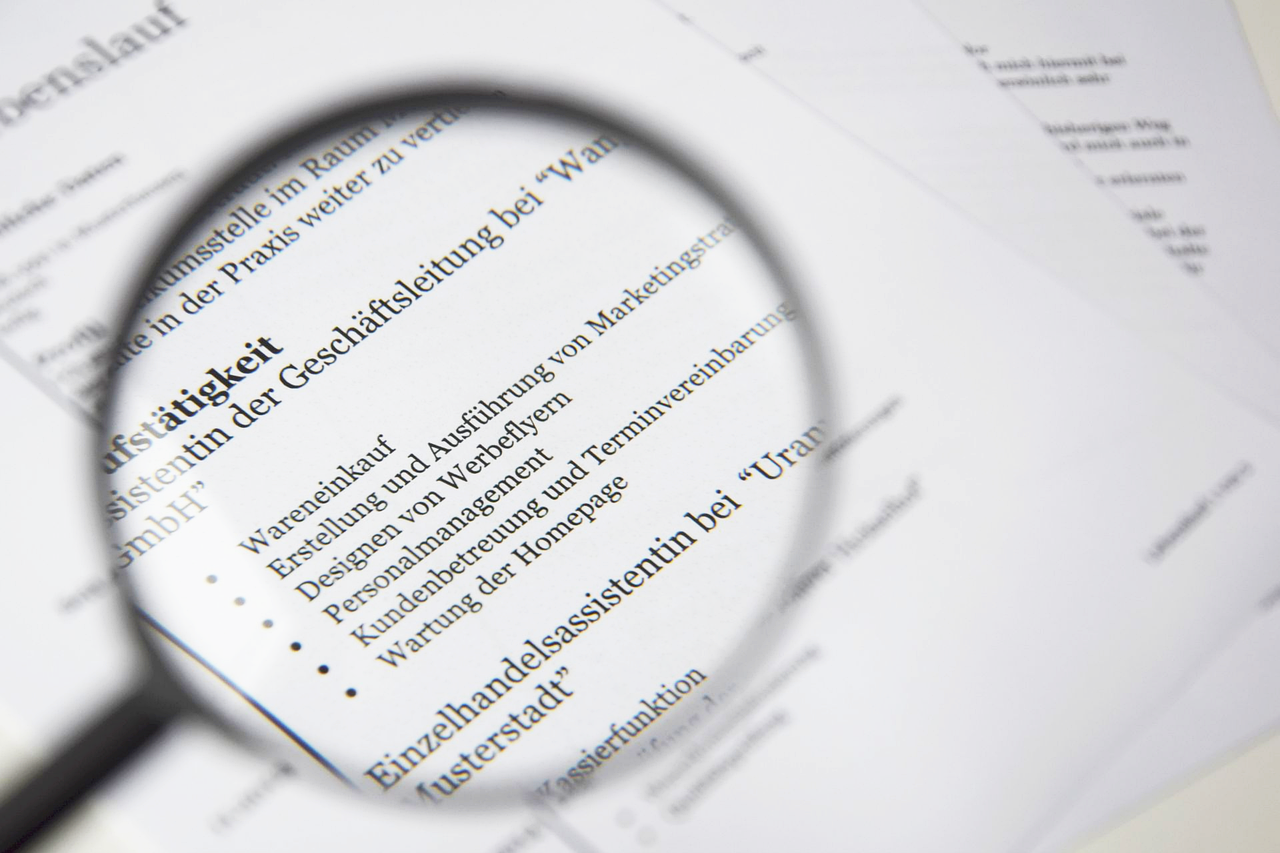The world of work is undergoing a seismic shift, propelled by technological advancements, evolving societal expectations, and a renewed focus on employee well-being. The traditional 9-to-5, office-centric model is rapidly giving way to a more flexible, dynamic, and purpose-driven landscape. Understanding these trends and adapting to them is crucial for both individuals and organizations seeking to thrive in the future of work. This blog post explores the key trends shaping this evolution and offers insights into how to navigate this exciting, yet challenging, transition.
The Rise of Remote and Hybrid Work Models
Increased Adoption of Remote Work
The COVID-19 pandemic served as a catalyst, accelerating the adoption of remote work on a global scale. While initially a necessity, many organizations and employees have discovered the benefits of working from home or other remote locations.
- Benefits for Employees:
Improved work-life balance and reduced commute times.
Increased autonomy and flexibility in managing their schedules.
Potential cost savings on transportation, meals, and work attire.
- Benefits for Employers:
Expanded talent pool, allowing access to skilled professionals regardless of location.
Reduced overhead costs associated with office space and utilities.
Potentially higher employee productivity and retention rates.
The Hybrid Work Model: The Best of Both Worlds?
The hybrid work model, combining remote and in-office work, is emerging as a popular compromise. This approach allows employees to enjoy the flexibility of remote work while retaining the benefits of face-to-face collaboration and social interaction.
- Examples: A company might allow employees to work from home 2-3 days a week, or designate specific days for team collaboration in the office. Some organizations offer fully remote options for certain roles and hybrid arrangements for others.
- Considerations for Successful Hybrid Implementation:
Clear Communication: Establish clear guidelines and expectations regarding remote work policies, communication protocols, and performance metrics.
Equitable Access: Ensure that all employees, regardless of location, have equal access to resources, opportunities, and information.
Technology Infrastructure: Invest in robust technology infrastructure to support remote collaboration and communication, including video conferencing tools, project management software, and secure data access.
The Impact of Automation and Artificial Intelligence (AI)
Automating Repetitive Tasks
Automation and AI are transforming the nature of work by automating repetitive, manual tasks, freeing up human employees to focus on more strategic and creative activities.
- Examples:
Robotic Process Automation (RPA) is being used to automate tasks such as data entry, invoice processing, and customer service inquiries.
AI-powered tools are assisting with tasks such as scheduling meetings, generating reports, and analyzing data.
- Actionable Takeaway: Identify tasks within your current role that could potentially be automated and explore available tools or technologies to streamline your workflow. This will free up time for higher-value activities.
Upskilling and Reskilling for the AI-Driven Future
As AI takes over routine tasks, the demand for skills that complement AI, such as critical thinking, problem-solving, creativity, and emotional intelligence, will increase.
- Examples: Data analysis skills will become increasingly valuable as organizations seek to interpret and leverage the insights generated by AI. Similarly, strong communication and collaboration skills will be essential for working effectively with AI-powered systems and teams.
- Actionable Takeaway: Invest in upskilling and reskilling programs to develop in-demand skills that will future-proof your career. Consider online courses, workshops, or professional certifications in areas such as data analytics, AI, project management, or leadership.
The Growing Importance of Employee Well-being
Prioritizing Mental and Physical Health
The future of work places a greater emphasis on employee well-being, recognizing that a healthy and engaged workforce is essential for organizational success.
- Examples: Companies are increasingly offering benefits such as mental health support, wellness programs, flexible work arrangements, and generous vacation time.
- Statistics: Studies have shown that employees who feel supported and valued are more productive, engaged, and less likely to experience burnout. According to a recent survey by the American Psychological Association, 79% of employees reported experiencing work-related stress.
Creating a Supportive and Inclusive Work Environment
Fostering a culture of inclusivity and belonging is crucial for attracting and retaining top talent. This involves creating a workplace where all employees feel valued, respected, and empowered to contribute their unique perspectives.
- Examples: Organizations are implementing diversity and inclusion initiatives, employee resource groups, and unconscious bias training programs to promote a more equitable and inclusive work environment.
- Actionable Takeaway: Actively promote inclusivity in your workplace by challenging biases, advocating for equitable practices, and supporting the development of underrepresented groups.
The Gig Economy and the Rise of Freelancing
The Growth of Independent Work
The gig economy, characterized by short-term contracts, freelance work, and independent contracting, is experiencing significant growth. This trend is driven by a desire for greater flexibility, autonomy, and control over one’s career.
- Statistics: According to a recent report by McKinsey, approximately 36% of the US workforce participates in the gig economy in some capacity.
- Benefits for Individuals:
Flexibility to choose projects and set their own schedules.
Opportunity to develop a diverse portfolio of skills and experience.
Potential for higher earning potential.
- Considerations: It’s important for freelancers and gig workers to manage their own finances, healthcare, and retirement planning.
Building a Successful Freelance Career
To succeed in the gig economy, individuals need to develop strong skills in areas such as marketing, self-promotion, project management, and client communication.
- Actionable Takeaway: Build a strong online presence through a professional website, social media profiles, and online portfolios. Network actively to connect with potential clients and collaborators. Consider joining freelance platforms such as Upwork, Fiverr, or Toptal to find project opportunities.
Conclusion
The future of work is dynamic and multifaceted, driven by technological advancements, changing societal values, and a renewed focus on employee well-being. By embracing remote and hybrid work models, preparing for the impact of automation and AI, prioritizing employee well-being, and understanding the rise of the gig economy, both individuals and organizations can navigate this evolving landscape and thrive in the years to come. The key is to remain adaptable, embrace lifelong learning, and prioritize skills that complement emerging technologies and meet the changing needs of the workforce.




